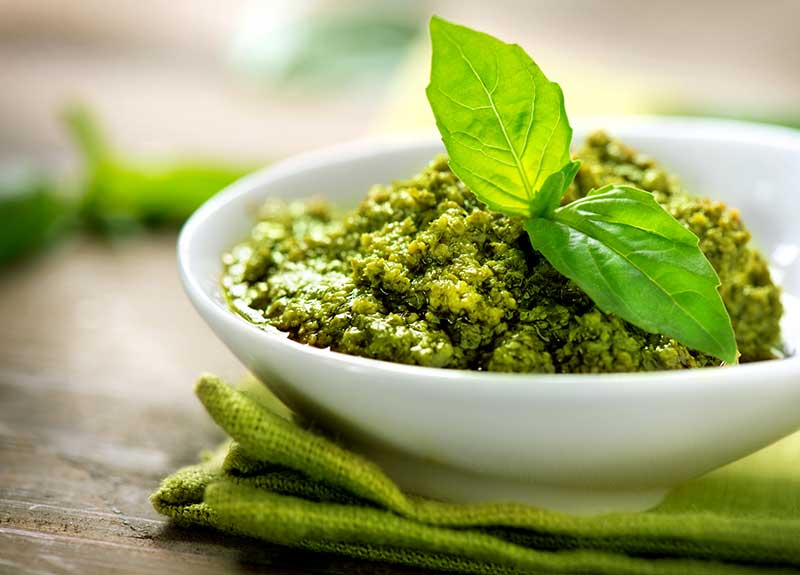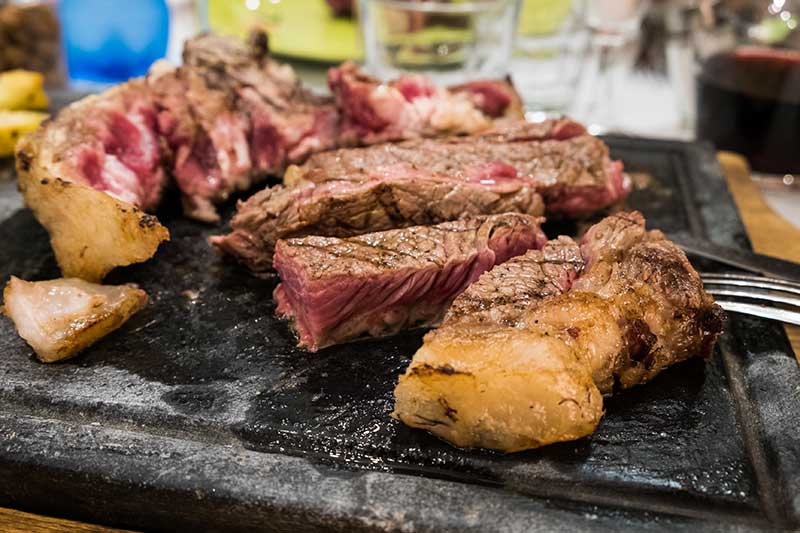Kakawa is the name given to chocolate by the Olmecs in Central America around the year 1000 B.C., while the Mayans, prior to cultivating it in the area between the Yucatan and the Chapas, from the III and the X centuries, called it Theobrona. The seeds were so precious that in addition to being used as coins (more than a billion were found in the treasure of the Emperor Montezuma), they had also assumed a symbolic religious meaning.
The drink that was prepared with hot water was called chacauhaa: water was called haa, hot was chacau or chiocol; thus, from this, came the word chocolhaa, which later became chocolate in Spanish. From the botanical point of view, the cacao plant has very ancient origins, with remnants have been found that date back more than 6000 years!
Having established its use for liturgical and sacrificial ceremonies, the Aztecs and the Mayans consumed chocolate flavored with vanilla, honey, corn, chili pepper or black pepper as a drink that having calming effects, was most likely due to the presence of theobromine.
Something interesting which also drew a lot of attention was the fact that the more the drink was decanted, the more foam would form. A procedure, by the way, which was similar to the one used in Africa to obtain a foam, but with tea.
The first European to taste the cacao was Christopher Columbus in 1502 on the island of Guanaja in the Caribbean, but since it was probably not to his liking, he did not consider it to be of any importance as a discovery. It began being more widespread in Europe only in 1519 because of Herman Cortez who had received some seeds precisely from Montezuma, as a sign of respect.
The first documented shipment of chocolate to Europe dates back to 1585 (a ship that was en route between Veracruz and Seville (Port Cadiz, the headquarters of the council that controlled all the commercial traffic between Spain and the colonies across the ocean).
The chocolate was always served as a beverage but its bitter aftertaste was soon corrected by adding sugar and vanilla and eliminating the chili pepper.
Until 1600, chocolate, from the point of view of its cultivation as well as its consumption, remained an appanage of the Spanish nobility and of the clergy.
Later, its production was moved to Modica which, at that time, was a Spanish protectorate and where its manufacture was continued with a process that involved grinding the cacao seeds, identical to that used in Mexico for the production of xocoatl (Aztec chocolate).
This ancient production of chocolate which is totally Italian, or rather, totally Sicilian, has been able to grow thanks to the enormous resources of the territory and to the already deeply rooted confectionary traditions of the “County of Modica”.
It is here that the artisan manner of manufacturing chocolate was maintained and which, contrary to what happened in the rest of Italy and in Europe, has never become and industrialized product.
The chocolate that is produced in Modica has a dark unrefined color, characterized by the presence of granules of sugar that give it a unique taste as well as shiny reflections, similar to that of marble. Its production is made by a cold-process which does not alter the organoleptic characteristics of the cacao and render this chocolate a very unique and original product.
In 1585, when Catherine, daughter of Phillip II of Spain, married Carlo Emanuele I, Duke of Savoia, cacao probably also appeared in other areas of Italy that were under Spanish dominion.
Between 1600 and 1700, chocolate became widespread in all of Europe from France, thanks to Ann of Austria, wife of Louis XIII (1615) to England and Holland. It was because of Holland’s maritime power that the control of the commercial predominance of cacao was taken from the Spaniards.
In the XVII century, thanks to the merchant Francesco d’Antonio Carletti, cacao arrived in Florence as well, and from there to Venice and Torino.
The connection between Florence and chocolate is truly very old and a testimony to this fact is a heated debate (Francesco Redi, medical doctor of the Court, Lorenzo Magalotti and Francesco d’Antonio Carletti), regarding the consumption of cioccolatte, as reported in several book sources from the National Central Library of Florence (Magliabechiano and Palatino).
Francesco Redi used to serve the Medici family his creations made of chocolate flavored with musk, lemon zest and jasmine (this last creation remained a segret for a long time!).
Various florentine texts that date back to 1680, speak of the subject ‘cioccolata’ and the ‘Difference between food and chocolate…” (by Gio.Battista Gudenfridi).
In Venice, in the 1700s, the first ‘chocolate workshops” arose (la Gazzetta Veneta of 1760 documents the tremendous widespread of the product).
The cultivations of cacao begin to increase in an exponential manner with the goal of keeping up with the enormous European demands, where, in the meantime, actual ‘factories’ had been set up for the production of chocolate.
Turin, in 1800, became the most important city for the production of chocolate and it was precisely there that the first chocolate candy (from Doret) was also exported to Austria, France, Switzerland and Germany.
It was Bozzelli who invented the machine to refine and to mix the cacao paste, a machine which in 1820, allowed for the preparation of the first chocolate bar on an industrial level (in England).
From that moment on, there was an escalation of inventions that brought the production to a world-wide level. Some of the most important accomplishments are: Pierre Caffarel, who in 1826, began a true chocolate production on an industrial level, Conrad van Houten, who in 1828 perfected the method for extracting the oil from the seed as well as remove the bitter taste from cacao.
In 1852, Michael Prochet mixed chopped hazelnuts with cacao, creating the Gianduia paste and the famous giandiuotti chocolates.
In 1867, Daniel Peter and Louis Cailler, both Swiss, invented milk chocolate.
The first chocolate factories that produced brand names which are still famous today, such as Caffarel, Majani, Pernigotto, Venchi, and Talmone in Italy, and Cailler, Suchard, Lindt, Tobler in Switzerland, began their productions in the XIX century and into the next century with an actual industrialization. The need to have more prime material available increases the geography of the plantations that will later be set up in Africa (the Ivory Coast and Cameroon) and in Malaysia.
Chocolate, nevertheless, is still considered a product of the elite, not only because of the cost of the cacao itself, but also because of the imposed tax. Chocolate becomes largely consumed beginning in the 60s when it is introduced in Italy by colossal producers such as Pernigotti, Novi and above all, Ferrero.
Presently, the following types of production of chocolate stand out: White Chocolate (ivory in color), sweet with strong scents of vanilla, butter and milk; Milk Chocolate (light brown in color), characterized by an aroma of caramel; Mi-doux Chocolate, similar to milk chocolate but slightly more bitter and with a scent of coffee and licorice; the ‘bitter chocolates’, with colors that are generally dark and with aftertastes that are very similar to that of roasted coffee and to licorice, are Surfin chocolates, Extra Bitter and Very Bitter.
The production of sweets linked to chocolate are many in number, among the most well-known being bonbons, pralines, Easter eggs, ice-cream, semifreddo (semi-frozen) and mousses.































